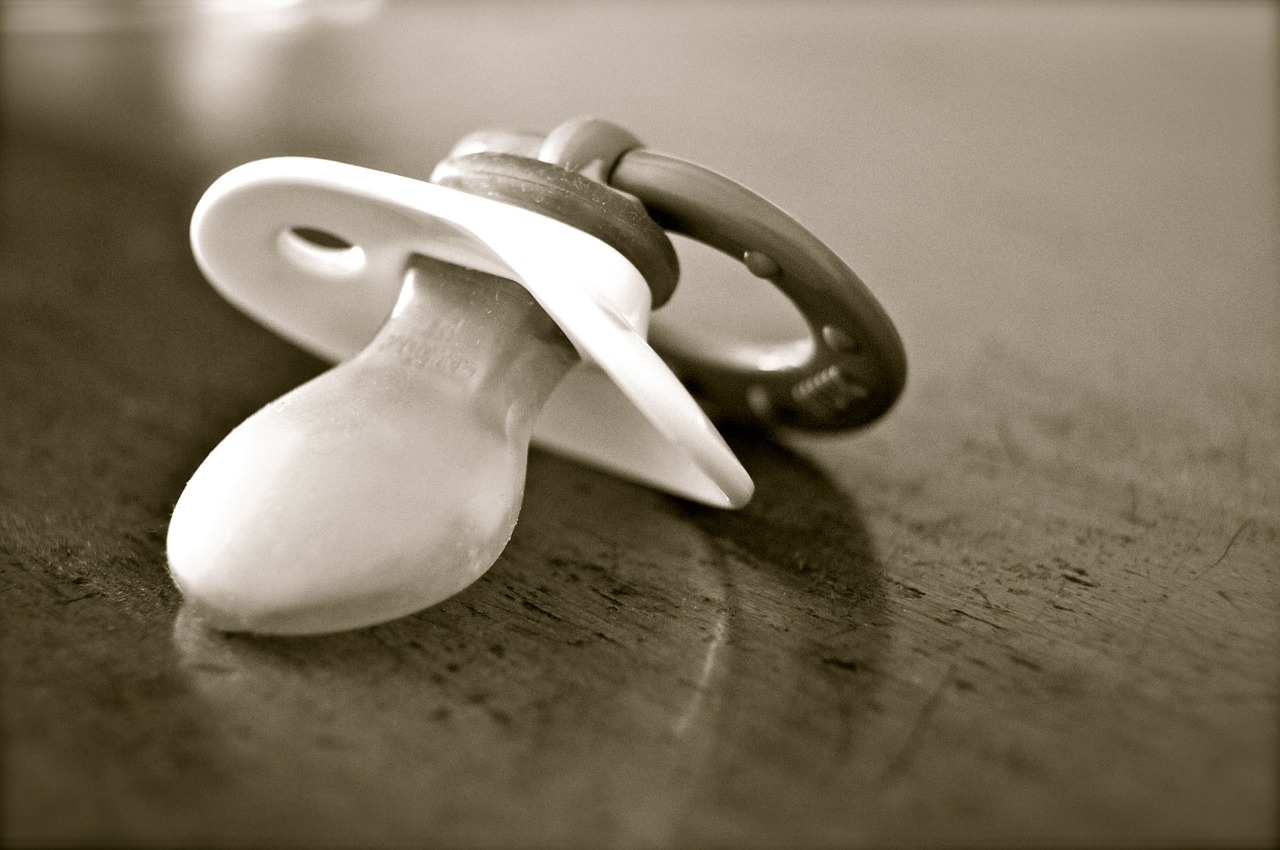Looking After Pacifiers and Soothers
A comforting pacifier is a key part of every new parent’s bag of baby care essentials. But with so many on the market, each claiming to do different things and soothe your baby in different ways, knowing which type to choose for your child and how to look after it can be tricky.
Suckling on a pacifier is a basic natural instinct for a baby, so it can be harder to find one which they take to if they are used to breastfeeding on a nipple. Often it can pay to buy a few different types of dummies until you find one they like and stick to.
Below is a simple guide to choosing the right pacifier and how to look after it:
- Mini pacifiers
Designed for newborns, mini pacifiers are designed to be extra small and have a lightweight shield to make sure they don’t reach the baby’s nose. Mini pacifiers are the perfect size for the first few months of your baby’s life.
- Soothing pacifiers
Soothing pacifiers are generally made of medical-grade silicone. Unlike a regular pacifier, a soothing pacifier allows you to offer the comfort of your finger at the same time via a hole on the front. They’re the perfect choice for new-borns who like some extra comfort.
- Standard pacifiers
Classic shaped and sized pacifiers are great for comforting your baby day and night. You’ll find a number of different shapes, colours and sizes available with some brand are even offering a handy glow in the dark designs. They can often use a standard sized pacifier to soothe your baby until they reach around 18 months old.
- Freeflow pacifiers
If your baby has sensitive skin, a freeflow pacifier can be a better option. Unlike a regular shield, freeflow pacifiers are a little gentler as they have larger air holes to help keep your baby’s skin dry and comfortable
- Flexible & soft pacifiers
Soft and flexible pacifiers are ideal for a delicate touch. Designed with a flexible nipple and soft shield, and extra airflow helps avoid marks and skin irritation.
- Orthodontic pacifiers
A lot of people prefer to use orthodontic pacifiers as they’re designed with your child’s dental development in mind. These are flatter and thought to have less impact on the way your baby’s teeth develop.
Storing pacifiers
Keeping pacifiers clean can be tricky when your child has dropped them on the floor, threw them out of the pram or rolled it around in their dinner. But there are a few golden rules to follow to help you look after them:
- Store your baby’s pacifier away from direct sunlight so that it doesn’t affect the shape.
- Wash them in hot soapy water
- Pop them in the steriliser for a deep clean
- Regularly replace your baby’s pacifier with a new one as washing can weaken the rubber.
Top tips for giving your child a pacifier
- Limit the amount of time per day and night your baby has a pacifier to make sure they don’t become too dependant on it
- Wait until you’ve established breastfeeding until you introduce a pacifier to your baby
- Never dip the pacifier in foods, like sugar, honey or juices
- Don’t force your baby to use one if they don’t want to
By following this advice, you’ll be sure to find the right pacifier for your baby at the correct time in their development. If your baby seems to reject a pacifier all together, they may not want to use one but if they continue to seek comfort, keep trying with different brands and types until you find one they do.
This content is sponsored by Philips.


